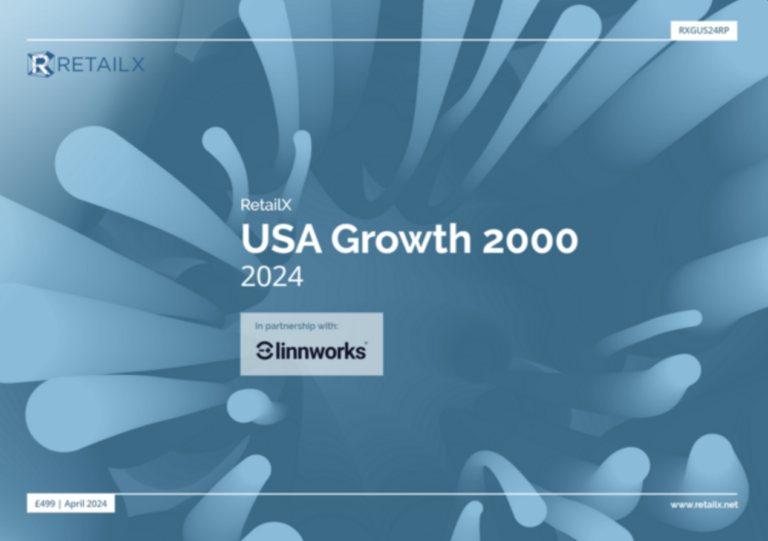Hypermarkets and supermarkets around the world are losing their share of the global grocery market to online challengers, according to research from Kantar Worldpanel.
Winning Omnichannel, Kantar’s annual report on FMCG (fast-moving consumer goods) channels, found that while hypermarkets and supermarkets saw their global market share narrow from 53.2% to 52% between 2015 and 2016, ecommerce expanded at the same time from 3.8% to 4.6%. Convenience stores saw their share remain the same at 4.6%, while discounters enjoyed a small expansion from 5.5% to 5.6%. Kantar says that supermarkets will see their share reduce still further in coming years, falling to 48% of global FMCG by 2021, while ecommerce will grow to 7.5%, overtaking discounters, with a share of 6.5%.
The shift is faster in more mature online economies, including the UK. Kantar says that in the UK, traders selling groceries grew their collective share of the market from 6.7% to 7.3% over the period. Currently, British shoppers are second only to South Koreans (with a startling 19.7%) for the proportion of groceries they buy online.
And in the UK, hypermarkets and supermarkets are also losing market share faster, though from a higher base: between 2015 and 2016 their share fell by 3% to 62.7%. Discounters are also growing their share in this market, expanding by 11% to take 9.2% of the market in 2016.
Stéphane Roger, global shopper and retail director at Kantar Worldpanel, said: “Channels which traditionally dominated the field – supermarkets, hypermarkets, drugstores – are in steady decline worldwide. Step forward the ‘new order’: ecommerce and discounters, cannibalising the big retailers with their promise of convenience and lower prices.
“Technology is fast changing the way people shop and, with e-commerce and discounters set to continue their march at the expense of large format retailers, there is an urgent need for retail reconfiguration across the world.”
Traditional grocery shops are still doing well in some developing markets. In Argentina, Kantar found, these stores had 40.8% of the market in 2016, 27% more than in 2015, while in Brazil they had 24.8% of the market, 15% more than 2015.









